Gluten Free Crispy Red Lentil Crackers with Homemade Labneh
We may earn a commission from recommended products, at no extra cost to you. See Disclosure.
INGREDIENTS
Labneh:
- 1 quart/liter yogurt, 6-10% fat
- 7 ounces/200 milliliters sour cream
- 1 flat teaspoon salt
- 1 tablespoon lemon juice
- 2 cheesecloths
Crackers:
- 1½ cups red lentil flour
- 1 tablespoon sesame seeds
- 1 teaspoon sweet paprika
- 1 flat teaspoon salt
- ½ teaspoon black pepper
- 1 teaspoon dried parsley or za’atar
- ⅔ cup hot water
- ¼ cup olive oil
- 1 flat teaspoon baking powder
INSTRUCTIONS
Labneh:
- In a bowl, mix the yogurt, sour cream, salt, and lemon juice. Fit two cheesecloths over a pitcher (one inside the other for a double layer), pour the yogurt mixture inside, and tie the cloths as close to the yogurt as possible.
- For the next step, there are two methods: Hang the yogurt bag on the faucet over the sink, or place a strainer inside a bowl so there is space between the bottom of the bowl and the strainer. Put the yogurt bag in the strainer and set it aside for 12 to 24 hours (I usually leave it overnight).
- The longer the yogurt stands, the more liquid it will release and the firmer it will become. After straining, open the bag, check the texture with a spoon, and add a little olive oil and thyme on top of the labneh.
Crackers:
- Preheat the oven to 350°F (180°C).
- Mix all the dry ingredients in a bowl, add the oil and water, and mix well until a uniform dough forms. Lightly grease two large parchment paper squares and roll the dough between them to a thickness of about 0.079 inches (2 millimeters). Remove the top parchment paper, cut the dough into rectangles of the desired size using a knife, and transfer to a baking tray. Bake for 15-20 minutes, then remove from the oven and let the crackers cool.
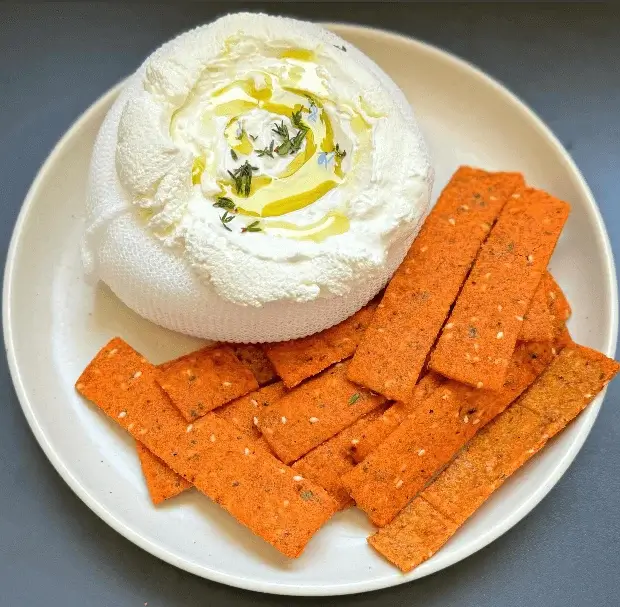
FAQ
What types of yogurt should I use for the labneh?
For homemade labneh, it’s best to use full-fat yogurt with 6% to 10% fat content, as it yields a richer, creamier texture. Greek yogurt is an excellent choice due to its thickness and high protein content. Avoid using low-fat or fat-free yogurts, as they may result in a thinner, less creamy labneh. Additionally, opt for plain, unflavored yogurt to maintain the traditional taste. Organic or probiotic yogurts can also be used for added health benefits.

What can I use as a substitute for the cheesecloth?
If you don’t have cheesecloth, you can use a clean kitchen towel or muslin cloth as a substitute for straining the labneh. A coffee filter or a fine mesh strainer lined with paper towels also works well. These alternatives allow the whey to drain while keeping the yogurt solids contained, resulting in a thick, creamy labneh. Ensure the substitute is clean and free of any detergent residues to avoid altering the flavor of the homemade labneh.
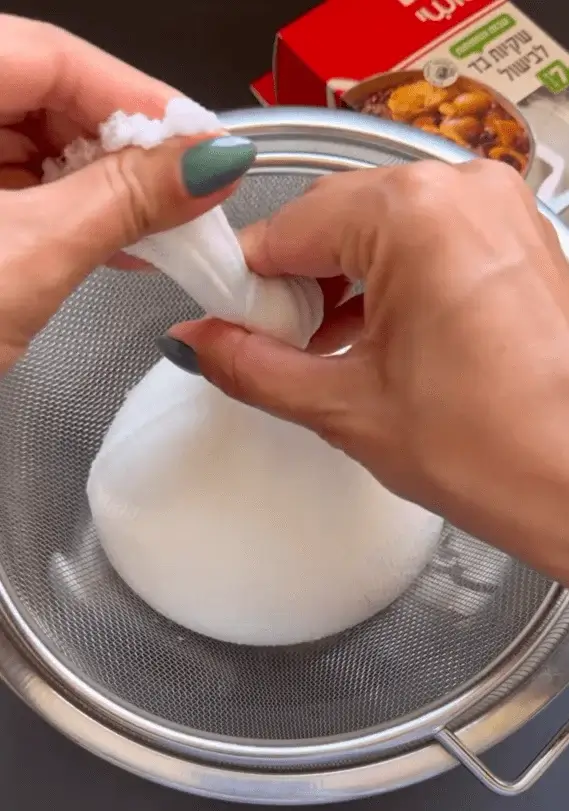

How long can the homemade labneh be stored in the fridge?
Labneh can be stored in the refrigerator for up to two weeks. Ensure it is kept in an airtight container to maintain freshness. Drizzling a thin layer of olive oil on top before sealing can help preserve its flavor and texture. Over time, the labneh may become slightly tangier. Always use a clean utensil to scoop out the labneh to avoid contamination, which can help extend its shelf life.
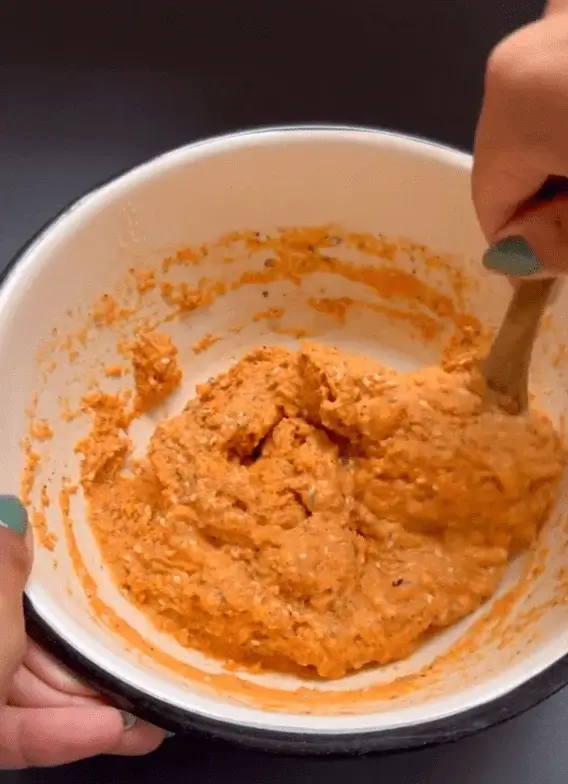
Can I add other herbs or spices to the homemade labneh?
Yes, you can enhance the flavor of labneh by adding various herbs and spices. Fresh herbs like dill, mint, cilantro, or parsley can be mixed in for a vibrant taste. Dried herbs such as oregano, thyme, or za’atar also work well. Spices like cumin, sumac, or paprika can add a unique twist. Mix in the herbs and spices to taste, and allow the labneh to sit for a few hours in the refrigerator to meld the flavors.

Can I use a different type of flour for the crackers?
Yes, you can use different types of flour for the crackers, allowing for variations in flavor and texture. Whole wheat flour can add a nutty taste and more fiber, while chickpea flour offers a gluten-free alternative with a slightly earthy flavor. Almond flour provides a grain-free option with a rich, buttery texture. For a lighter cracker, you can use a blend of all-purpose and whole wheat flour. Experimenting with different flours like spelt, oat, or rice flour can also yield interesting results. Adjust the water content as needed to achieve a cohesive dough with each type of flour.
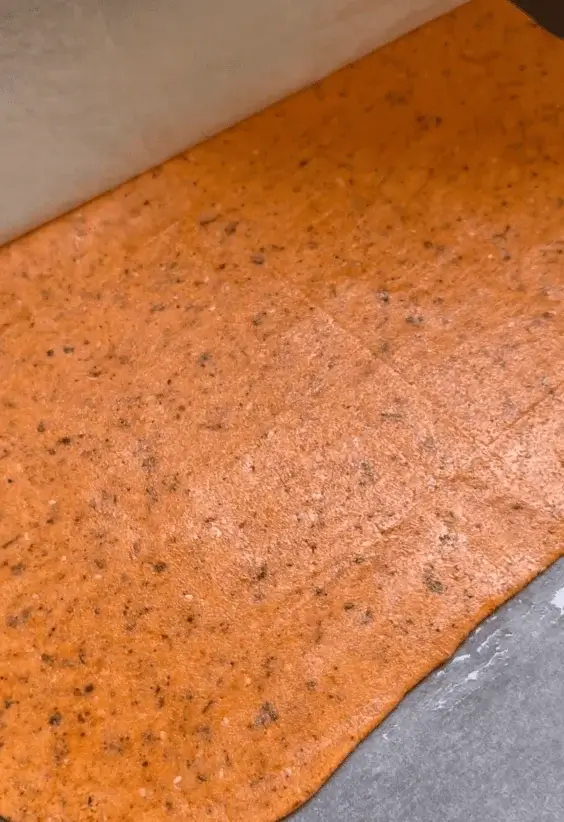
Can I freeze the homemade labneh or red lentil crackers?
Yes, both labneh and crackers can be frozen. To freeze labneh, store it in an airtight container, where it will keep for up to three months; note that its texture may slightly change upon thawing. For crackers, place them in a freezer-safe bag or container, ensuring they are fully cooled and kept airtight to maintain crispness. They can be frozen for up to two months. Thaw labneh in the refrigerator and crackers at room temperature before serving.
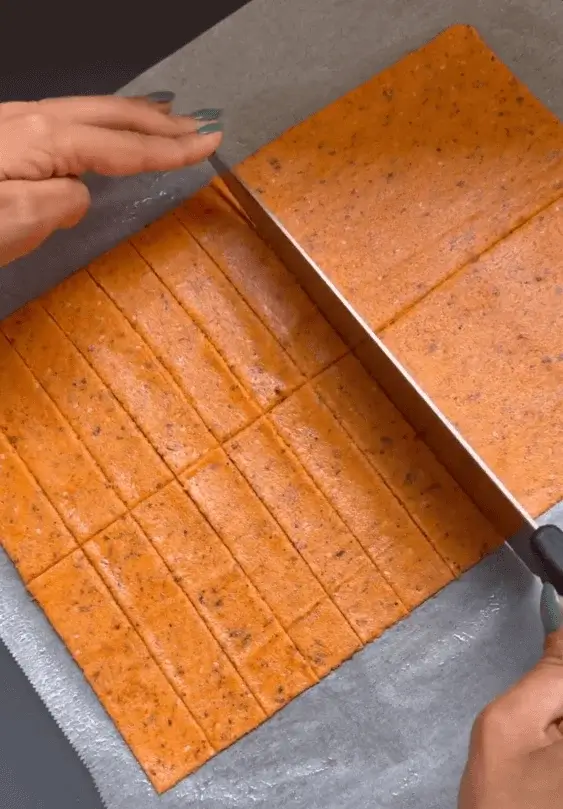
serving suggestions for labneh and crackers
Homemade labneh and red lentil crackers make a versatile and delicious pairing. Serve labneh drizzled with olive oil and sprinkled with za’atar, sumac, or fresh herbs for added flavor. Pair it with fresh vegetables like cucumber, cherry tomatoes, or bell peppers for a refreshing snack. Use the crackers to scoop up the labneh or spread it on top. They also complement cheese boards, dips like hummus or baba ganoush, and can be enjoyed with olives or smoked salmon for an elegant appetizer.

